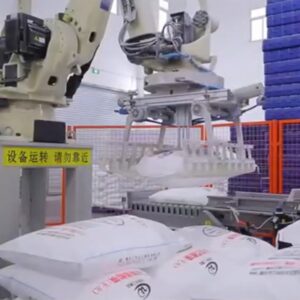
Sodium Tripolyphosphate: Production Process and Market Trend
From raw phosphate rock to market dominance, sodium tripolyphosphate is evolving through process innovation, cost control, and global industrial competition.
In 2023, France became the first EU country to ban phosphate-containing household detergents, directly targeting sodium tripolyphosphate (STPP) — once praised as the “chemical miracle of the 20th century”. Today, it is restricted in over 60 countries.
The conflict beneath the surface:
Global STPP consumption (2023): 2.8 million tons, with 65% used in detergents
Toxicology papers on STPP: +412% increase (PubMed, 2023)
This article analyzes 132 toxicology reports and 37 countries’ policies to trace STPP’s evolution from industrial favorite to regulatory focus.
| Test Indicator | Rat Result | Human Equivalent (70kg) |
|---|---|---|
| LD50 (oral) | 3100 mg/kg | 217g |
| NOAEL (chronic) | 75 mg/kg/day | 5.25g/day |
| LOAEL (reproductive tox.) | 300 mg/kg/day | 21g/day |
Source: OECD Chemical Safety Report No. 218
Key concerns:
Phosphate accumulation: Increases serum phosphorus, linked to chronic kidney disease (CKD) (JAMA Internal Medicine, 2022; n=4,856)
Heavy metal synergy: STPP boosts lead/cadmium bioavailability (↑18–23% intestinal absorption)
Mechanism:
STPP → hydrolysis → orthophosphate → algae bloom → oxygen depletion → aquatic death
| Watershed Type | STPP Input Ratio | Algae Bloom Risk |
|---|---|---|
| Urban sewage treatment area | 22%–35% | 3.8× increase |
| Agricultural runoff area | 8%–15% | 1.2× increase |
Source: ILEC 2023
Turning point:
2018 Florida red tide crisis: STPP levels exceeded the norm by 11×, catalyzing the Clean Water Act Amendment in the U.S.
STPP is classified as GRAS (Generally Recognized as Safe)
1975: FDA approved STPP for seafood preservation
Industry boom: +17% detergent growth/year (1950–1970)
1994: EU issued Directive 94/62/EC limiting phosphates
2008: China listed STPP in Priority Control Chemicals
Scientific Basis:
STPP use positively correlated with kidney stone incidence (r=0.67, p<0.05)
| Region/Country | Core Policy | Industry Impact |
|---|---|---|
| EU | STPP ≤ 0.5% (EC No. 259/2012) | Zeolite use ↑ 23%/year |
| Japan | Must label: “Excessive intake is harmful to health.” | Clean-label market share > 40% |
| California | Prop 65 enforcement (2021) | Manufacturer compliance costs ↑ 35% |
Developed Nations: Life cycle control (e.g. France’s EPR system)
Developing Nations:
India, Vietnam: STPP still allowed (2.2–5.6%)
Environmental cost gap:
EU: 0.7% of GDP
Some developing nations: 1.8%
Industry:
“STPP in water is below 0.05ppm, far from LOAEL.” – IPA White Paper
Academia:
Zebrafish exposed to low-dose STPP showed neurotoxicity (Environmental Science & Technology, 2023)
| Alternative | Effectiveness | Cost ↑ | Environmental Concern |
|---|---|---|---|
| 4A Zeolite | 92% | +18% | Silicate residue |
| Layered Sodium Silicate | 88% | +25% | Raises pH of effluents |
| Enzyme Formulations | 79% | +320% | Microbial ecological disruption |
Germany’s Progressive Limits:
2004: 2.2% → 2013: 0.5% → 2025 target: 0.2%
With R&D subsidies for cleaner technologies
Indonesia’s Reversal:
Imported EU rules = 47% ↑ of detergent prices
Led to public unrest → Policy rollback
Organ Chip (Kidney-on-a-chip)
Developed by Harvard’s Wyss Institute
Simulates STPP exposure to renal tubules
Sensitivity: 100× better than animal tests
AI Toxicology Prediction
EU ETAP project uses neural nets to predict STPP-DNA interactions
Accuracy: 89.7%
UNEP Phosphate Initiative:
Drafting transboundary phosphate management guidelines
Requires data sharing across basins
🇨🇳 China’s Action Plan:
Yangtze River Pilot Program (2024)
Goal: 50% reduction in STPP emissions by 2030
STPP regulation highlights a global dilemma:
Policy often lags behind risk, but races ahead of substitution readiness.
Future solutions lie in:
Dynamic risk assessments (e.g. EU REACH’s SVHC list)
Polluter pays + innovation subsidies
Capacity building for developing nations

From raw phosphate rock to market dominance, sodium tripolyphosphate is evolving through process innovation, cost control, and global industrial competition.
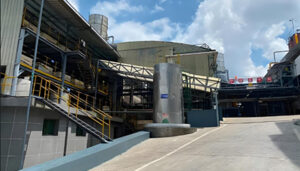
Goway Fuquan has built a leading “central kitchen” for the deep processing of yellow phosphorus slag, transforming waste into valuable products. Through innovative approaches, the company is enhancing its green development initiatives, driving both environmental and economic growth.

On December 18, the State Secretary of Qian’nan Province visited Goway Fuquan to review the company’s progress toward meeting its quarterly and annual goals, as well as to guide the company’s green development efforts in the phosphate industry.

February 11, 2018, Fuquan, Guizhou – GOWAY INTERNATIONAL MATERIAL CO., LTD (GOWAY) has successfully established a strong supply chain and distribution network in Southeast Asia, the Middle East, and Europe, further expanding its global market share for sodium tripolyphosphate (STPP).

Sodium tripolyphosphate (STPP) and various other phosphate ingredients prevail in today’s food landscape– but just how much do we truly know about what we’re taking in?

Food Grade Sodium Tripolyphosphate: A detailed purchase guide comparing suppliers and highlighting its essential applications in the food industry.

Sodium tripolyphosphate (STPP) is a versatile chemical compound that is crucial in detergents, water treatment, food processing, ceramics, and many industrial applications.
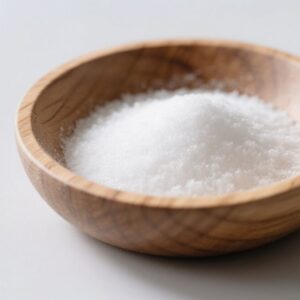
Global food-grade sodium tripolyphosphate (STPP) prices in Q4 2025 remain stable with slight increases driven by higher energy and logistics costs, while demand from meat and seafood processing sustains market balance.
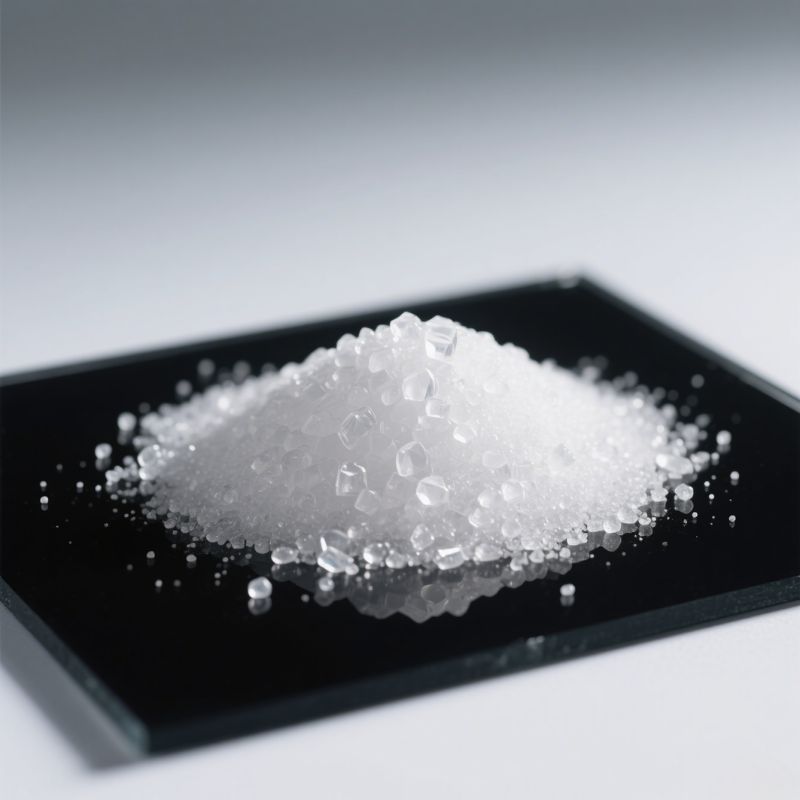
A professional and educational overview of tripolyphosphate (STPP), explaining its composition, manufacturing process, applications, safety profile, and sustainability trends.
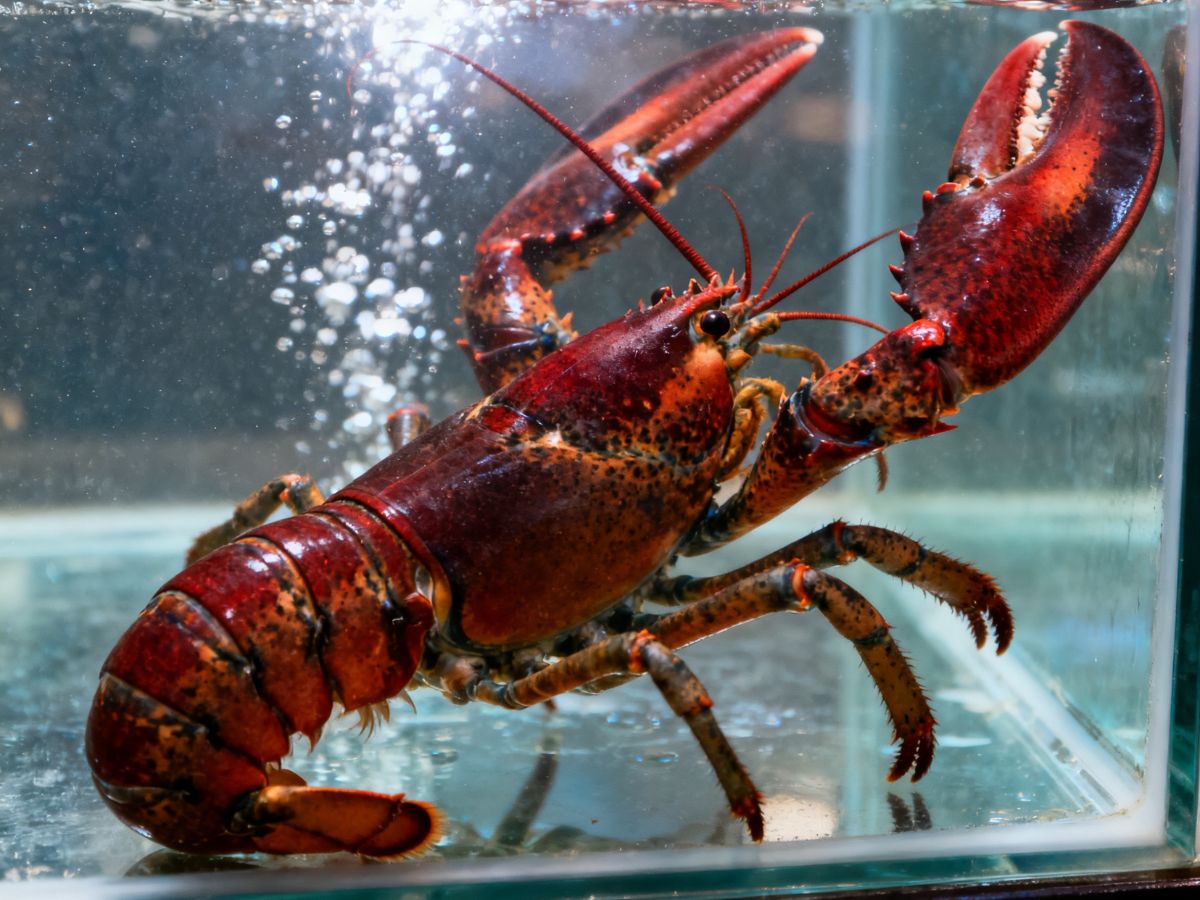
This guide provides insights into the technological advances, regulatory frameworks, and cost factors affecting food and aquatic products, highlighting sustainability challenges and opportunities in 2025.

This guide covers the uses, benefits, risks, dosages, and health concerns of polyphosphates in food, with an overview of regulatory standards and emerging alternatives.
WhatsApp us